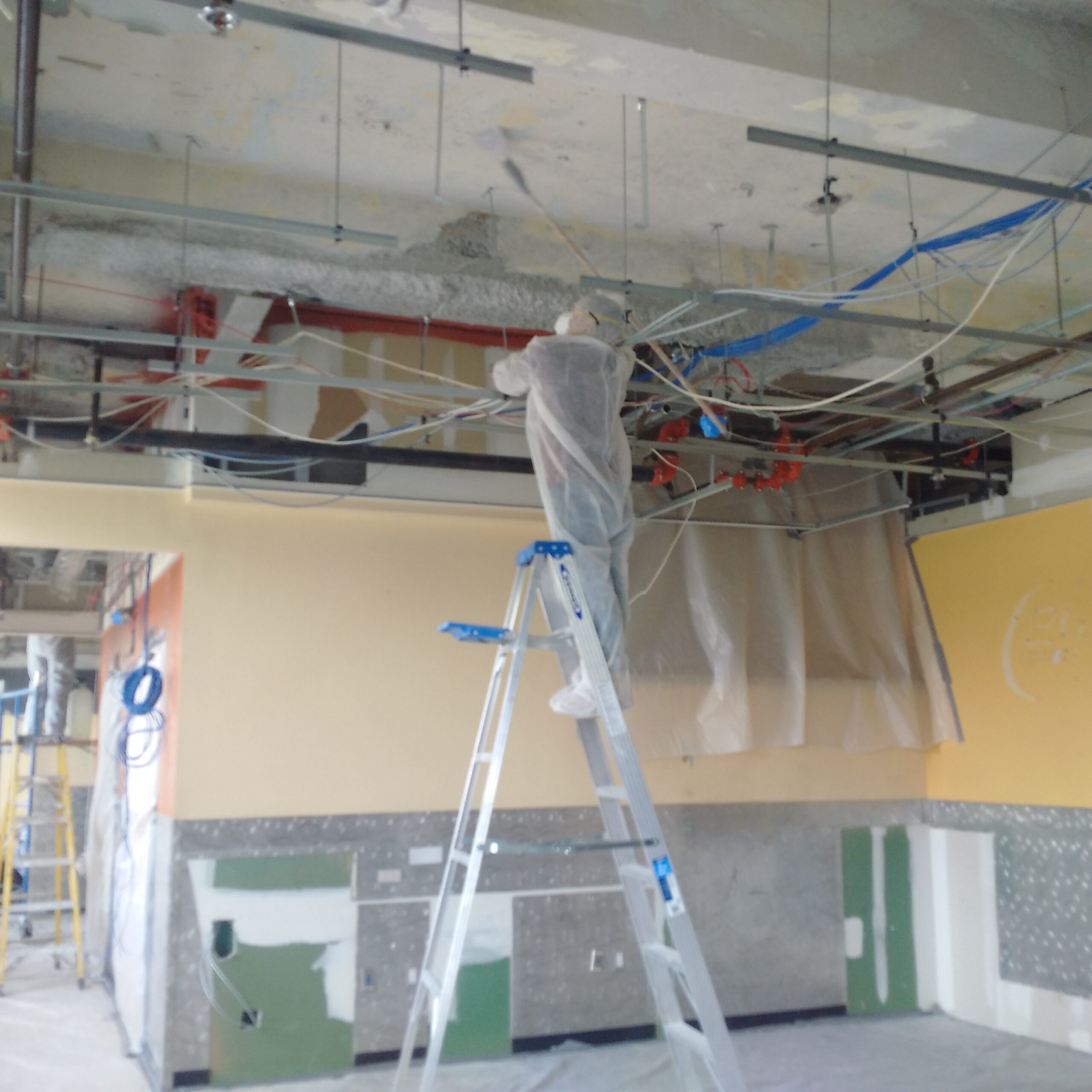Comprehensive Overview on Effective Lead Offense Elimination Techniques
In the realm of ecological security, dealing with lead violations requires a precise and organized technique. This extensive overview begins by highlighting the essential first steps of recognizing lead risks via sophisticated analysis and testing approaches. The overview clarifies on the importance of sticking to strict safety methods during the elimination procedure, including the usage of proper PPE and separating affected locations.
Identifying Lead Dangers
Recognizing lead hazards is a vital very first action in minimizing the risks connected with lead direct exposure. Lead, a toxic metal, can be present in various environmental mediums, including paint, soil, water, and dust.
The first stage in recognizing lead hazards involves understanding common lead sources within the built environment. Structures built before 1978 are specifically at risk due to the prevalent use lead-based paint during that duration. In addition, dirt contamination can occur from weakening exterior paint, industrial emissions, or historic use leaded gas.
One more substantial resource is lead piping and pipes fixtures, which can leach lead into alcohol consumption water. Durable goods such as toys, ceramics, and imported products may also have harmful lead degrees. Significantly, work-related atmospheres and hobbies entailing lead can track contaminants into homes.
Evaluation and Testing
When addressing lead dangers, effective evaluation and testing are extremely important. Preliminary analysis usually entails a visual examination to recognize prospective lead resources, such as weakening paint or infected dirt.

Dirt wipe sampling is an additional critical method, specifically in residential settings. By gathering examples from floorings, windowsills, and various other surfaces, this method supplies understandings right into possible exposure risks. Soil testing around building perimeters is necessary to identify lead contamination that can posture hazards, especially to children.
Safe Removal Treatments
Upon finishing detailed assessment and screening, applying secure elimination treatments is the next vital phase in dealing with lead risks. This process ensures that lead-contaminated products are properly and securely removed, reducing risk to both employees and homeowners. The very first step entails separating the afflicted area using plastic bed linen and appropriate sealing methods to avoid the spread of lead dirt.
Employees have to put on suitable individual protective equipment (PPE), consisting of respirators, gloves, and disposable coveralls, to minimize exposure. Employing specialized devices and wet methods, such as damp sanding or making use of HEPA-filtered vacuum cleaners, decreases the diffusion of lead bits. It is essential to stay clear of completely dry sanding or rough blasting, as these approaches can generate harmful lead dirt.
Waste disposal is one more essential element; all contaminated products must be safely bagged and identified according to EPA and local guidelines. Additionally, complete cleaning of the workplace with HEPA vacuum cleaners and wet wiping makes certain the removal of recurring lead particles.
Post-Removal Verification

Confirmation of successful lead removal, understood as post-removal confirmation, is critical to ensure the safety and security and habitability of the remediated location. This examination ensures that all well-known resources of lead have actually been resolved and that no noticeable indicators of link contamination continue to be.
Adhering to the visual evaluation, ecological sampling is carried out. This includes collecting dust, dirt, and occasionally water examples from the remediated location. Recognized research laboratories examine these examples to determine lead levels, ensuring they drop listed below the security thresholds developed by regulative bodies such as the Environmental Defense Company (EPA)
Additionally, air quality screening might be carried out to discover airborne lead fragments, specifically in cases where extensive lead-based paint elimination or restoration has occurred. The outcomes of these tests provide measurable data confirming that the lead levels are within permissible restrictions.
Eventually, post-removal verification acts as an important checkpoint, verifying the performance of the lead reduction efforts and guarding the wellness of passengers and visitors.
Preventative Steps and Upkeep

A crucial safety net includes making use of lead-safe licensed professionals for any kind of improvement, repair work, or paint activities. These specialists are learnt methods that minimize lead dust and particles. In addition, preserving coloured surfaces to prevent damaging or peeling is crucial, as weakening paint can launch lead particles right into the setting.
Educational efforts targeting homeowner and occupants regarding the risks of lead and the relevance of reporting any prospective hazards can even more boost preventative efforts. Routine cleaning utilizing HEPA vacuum cleaners and damp mopping strategies can substantially reduce lead dust build-up.
Final Thought
In recap, find more information reliable lead offense elimination necessitates a precise method including detailed assessment, precise testing, and strict removal procedures. Guaranteeing security with appropriate seclusion and personal protective devices stays vital. Post-removal verification through environmental sampling and air quality testing substantiates compliance with well-known security criteria. Ongoing inspections and upkeep are necessary to alleviate future lead risks, thereby guarding public wellness and making sure sustained conformity with regulative requirements.